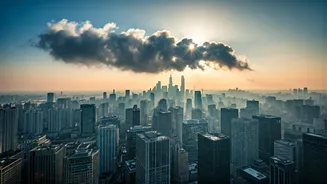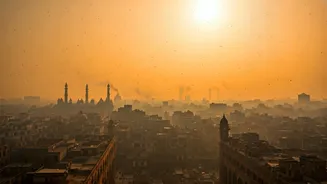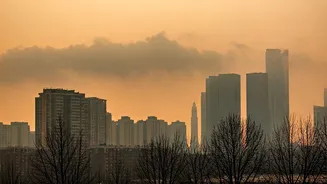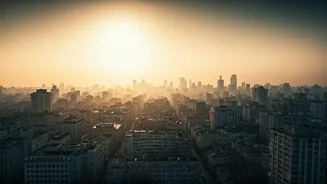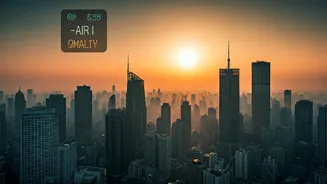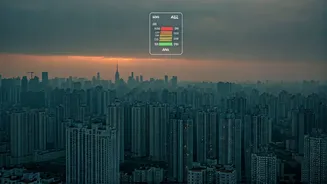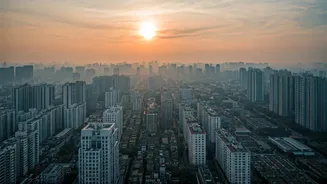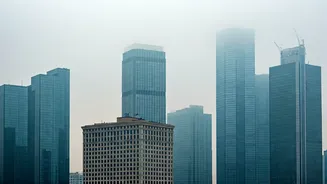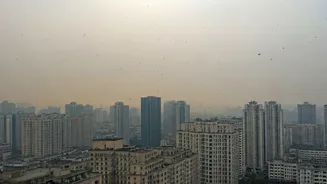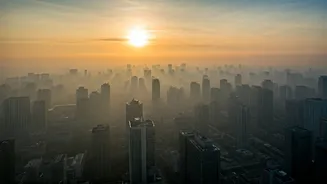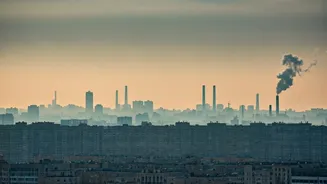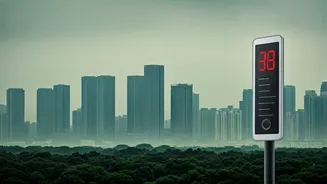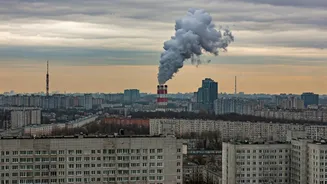Post-Diwali Deterioration
Following the vibrant Diwali festivities, Delhi faced a noticeable decline in air quality. This degradation was evident two days after the celebrations,
with the Air Quality Index (AQI) reaching 'Very Poor' levels. The festivities, marked by the widespread use of fireworks and pyrotechnics, significantly contributed to the rise in pollutants in the atmosphere. These elevated levels of pollutants present a potential health risk for Delhi's inhabitants, highlighting the need for vigilance and caution in the days following the event. It is essential to monitor air quality to understand the depth of environmental impact after major celebrations.
AQI at Critical Levels
The Air Quality Index (AQI) in Delhi displayed a concerning upward trend, indicating hazardous air conditions. The 'Very Poor' rating signified a significant concentration of particulate matter and other harmful substances in the air. This situation necessitates proactive steps to protect the city's residents. Authorities issued advisories urging individuals, particularly those with respiratory issues, to take necessary precautions. The continuous monitoring of the AQI allows for timely intervention to reduce the negative impact of air pollution, thereby safeguarding the population from adverse health effects.
Health Implications
The increase in pollutants directly impacts public health, potentially leading to respiratory illnesses and other health complications. The elevated levels of pollutants can exacerbate existing conditions like asthma and trigger new health problems in vulnerable groups, including children and the elderly. Exposure to such air quality can also lead to short-term issues like coughing, irritation in the eyes, and long-term health hazards. Raising public awareness about the risks involved, along with taking proactive protective measures, becomes vital to mitigate the adverse impacts on community well-being.
Immediate Actions Needed
Addressing the crisis needs a combination of immediate and long-term actions. The local government and regulatory bodies must be vigilant in implementing measures to control pollution sources. These include strict guidelines on industrial emissions and transport practices. Encouraging residents to avoid activities that worsen air quality is also important. The combined efforts of public and government are required to reduce pollution. Sustained commitment will be vital to protecting public health and safeguarding the city's environment.
